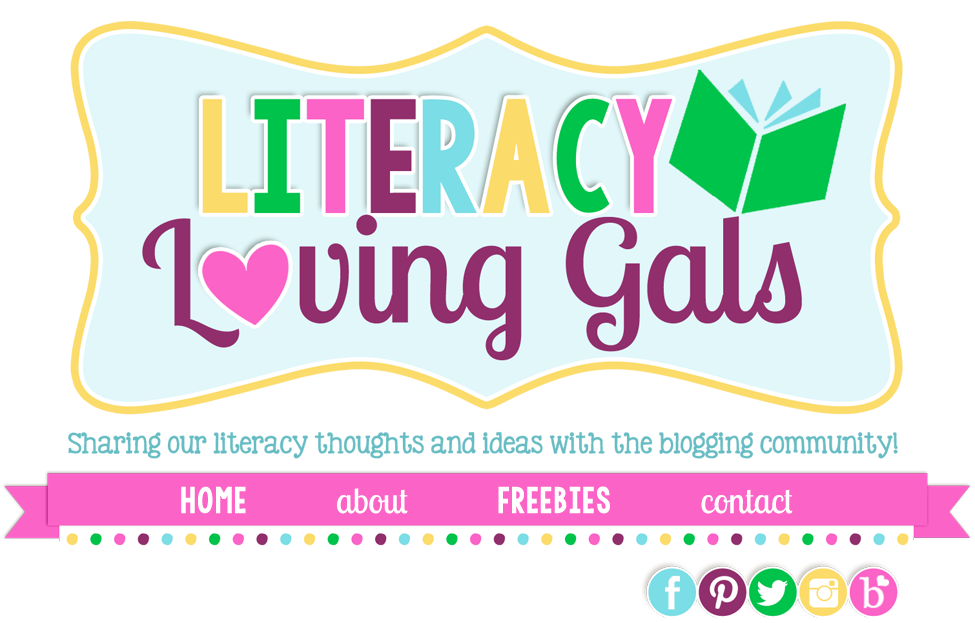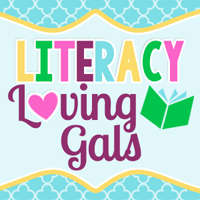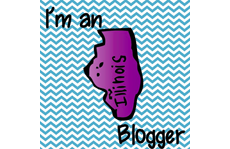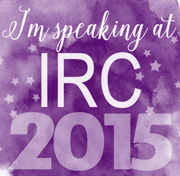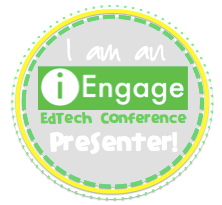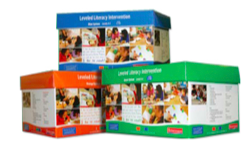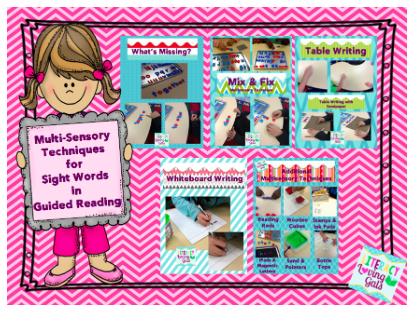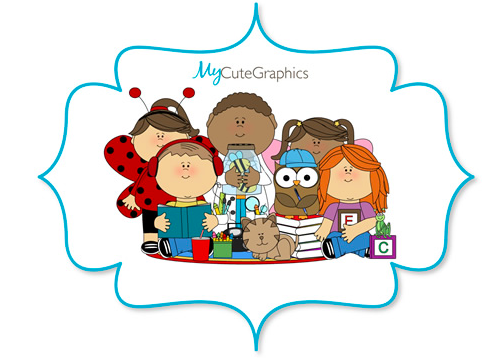Session 7: Revitalizing the Writing Process
I recently stumbled across an article written for the National Writing Project that correlated quite well with a message portrayed in Session 7 of the Literacy Retreat. In the article, a woman named Anne Rodier commented, "students have to believe what they have to say is important enough to bother writing. They have to experience writing for real audiences before they will know that writing can bring them power." This means, in order to really get students to revitalize their writing, they need write for an audience besides their teacher. Writing for authentic audiences gives students motivation to write and allows them to build writing skills along the way. When teachers assign writing projects, there should always be an intended audience. For instance, adding an Author's Chair in the classroom is one way for students to easily access an authentic audience of their peers.
 |
| Source |
Providing students with opportunities to produce a wide range of written products is also a key ingredient in revitalizing the writing process. Students should be composing opinion pieces, essays, stories and literature responses. They should write to explain, teach, instruct and compare. In every single subject area, students should be writing. Here are some tips shared at the retreat on how to sell to teachers the importance of writing in content areas:
Vary the Range of Circumstances:
- Provide extended time for students to generate a complete piece of writing.
- Provide minimal time for students to generate a complete piece of writing (think text messages, emails, or any other usually quick authentic purposes for writing~ these all convey a message).
- Provide time when students only produce a strong first draft.
- Provide time for students to strengthen a piece to reach the final draft.
- Pre-Write: Think it up.~ Allow students to talk through their topic to brainstorm ideas by using the Fishbowl Strategy, for example.
- Draft: Write it up.~ Allow students to compose ideas. Have as an option for students to orally state their thoughts in coherent and complete sentences before they begin writing.
- Revise: Doctor it up.~ Improve the whole piece versus a portion of the piece. This stage usually means adding more detail, but can be changing or removing details, if needed.
- Edit: Fix it up.~ Reread the writing multiple times to *make it more correct*.
- Check & Change: Speed it up.~ This step is applied to all first-and-only drafts. Even when there is not time for a formal revision and editing, always make time for a quick Check & Change on one-and-only drafts.
- Publish: Put it up. ~ Polish the product and make it public. This can be uploading it, placing it on a bulletin board, posting on Twitter, a blog or other social media platform.
What it all comes down to is...Define the writing process as flexible! Reveal to the students the writing process may be a few minutes in the day, 2-3 days or even a few weeks. Teach them how to adjust the process to fit different authentic writing circumstances. The presenter made it clear "Teachers need to be flexible!" Give students a variety of support, while changing up the pacing for writing. Teach and tell students about what they're doing and why they're doing it. Teachers need to vary writing scenarios within each step. Technology options are available for each writing stage (except, Check & Change).
- Pre-Write: Think it up.~ Todays Meet (App & website options) to talk through a topic and to gather information via research; Easybib (App & website options) to list details; Evernote (App & website options) to organize websites and documents into notebook categories; Popplet (App & website options) for concept mapping with images
- Draft: Write it up.~ myHistro (App & website options) to combine maps and timelines with text, photos and videos; Ideament (formerly Idea Sketch) App to create digital flow charts of ideas
- Revise: Doctor it up.~ ShowMe App to reflect on writer choices that allows video and audio recordings
- Edit: Fix it up.~ Skitch (App & website options) to annotate and mark up writing piece
- Publish: Put it up.~ FlipSnack App & flipsnackedu.com site to display students finished work; Wattpad (App & website options) to receive helpful and very honest reader comments from "outsiders"
Communicate Expectations and Results:
Teachers must explicitly explain their expectations to the students ahead of time. Let them know the number of minutes they have for each step in the writing process. If students have access to technology, they may publish work in PowerPoint, Microsoft Word, SmartNotebook, etc., but remember: Do NOT always use technology to create written products, as mentioned earlier. In addition, be mindful of keeping the students aware of their time for writing. Explicitly teaching them how to mange their time when involved in the various steps of writing is crucial! Try using www.online-stopwatch.com for support.
Additionally, teachers should have the expectation of quality work, although, it doesn't have to be *perfect*. It's okay to allow for invented spelling, especially in the early primary grades. Let's compare a childhood t-ball game to writing. Think about this: A team practice for t-ball would be considered the "drafting stage" in writing, while the game would be compared to the "publishing stage". Right? If you've ever watched a t-ball game played by little ones, almost nothing is *perfect* about the game, but that's okay! Learning and and gaining experience is still taking place, just as it is during writing.
Last, but not least, do not try to publish everything. Not everything is publish-worthy. Only publish those pieces students worked very hard on. Take into account, students need feedback throughout the writing process, so plan time for writing conferences. Communicate to students the quality of their products and the effectiveness of the process. Allowing students to use a Writing Process Rubric to self-assess their final product is best practice.
Here are a few mentor texts about the Writing Process that were shared at the retreat. If you don't own them, get to your library! :)
Last, but not least, do not try to publish everything. Not everything is publish-worthy. Only publish those pieces students worked very hard on. Take into account, students need feedback throughout the writing process, so plan time for writing conferences. Communicate to students the quality of their products and the effectiveness of the process. Allowing students to use a Writing Process Rubric to self-assess their final product is best practice.
Here are a few mentor texts about the Writing Process that were shared at the retreat. If you don't own them, get to your library! :)
